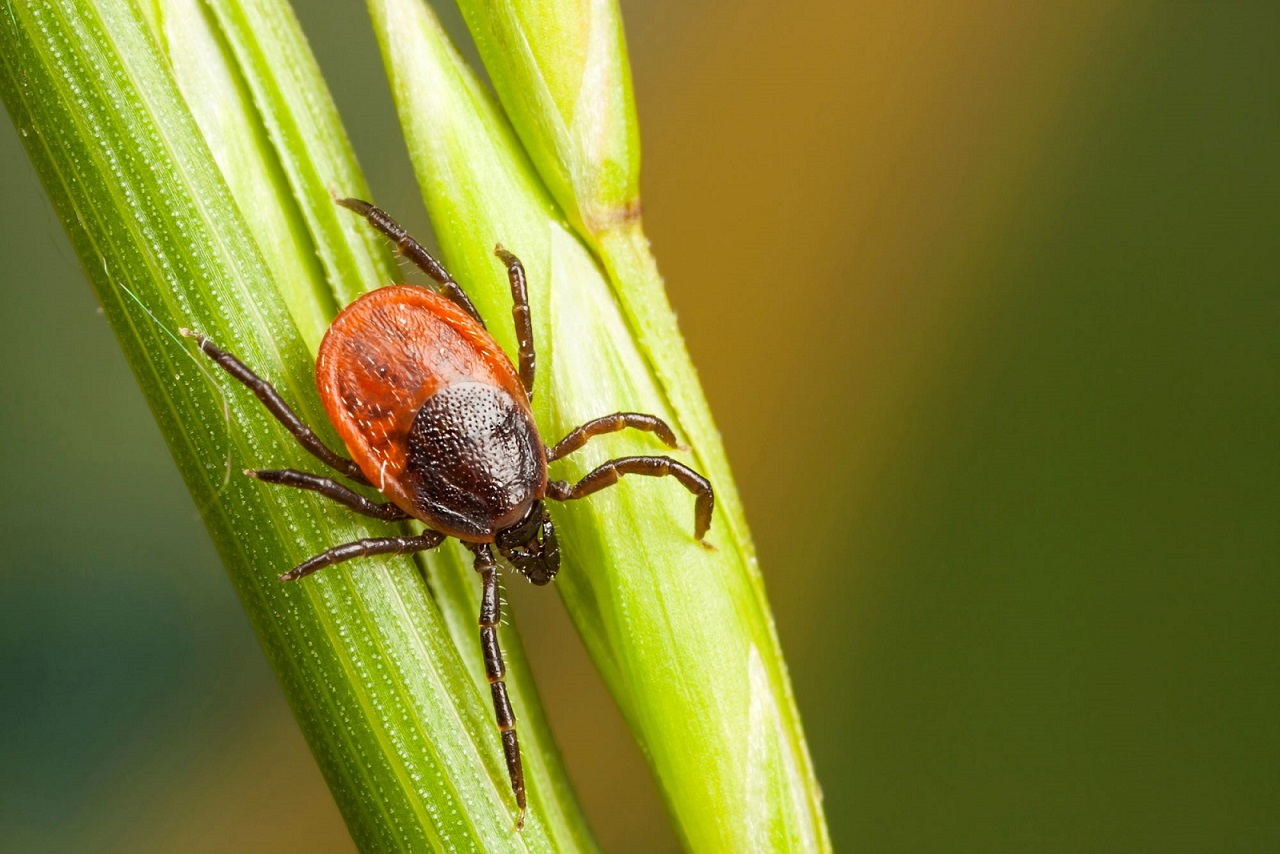Dogs come with various requirements and exercise is one of them. Getting some exercise outside is necessary and good for your dog’s overall health. But once you check your dog’s body, you may be surprised to discover ticks have clung to your pet. It is inevitable at times, as ticks are usually found in bushes, grass, and even leaves on the ground.
You may be wondering if ticks are naturally found everywhere or if there are causes for ticks to be widespread in different areas of the United States. In this article, you’ll find why dogs get ticks, what attracts ticks to dogs’ bodies, and where they are typically found.
Let’s dig in to find out more about it.
Table of Contents
Why Are Ticks Prevalent?
Ticks are everywhere, and they are some of the most widely spread pests in the United States that also bring dangerous pathogens to animals and humans. They are called vector pests because a tick bite is enough to transfer Lyme disease. Hosts can contract the disease from ticks that are carriers of Borrelia burgdorferi. Those affected with Lyme disease show symptoms of fever, fatigue, headache, and erythema migrans rash on the skin.
There are over 800 species of ticks globally, and according to the Centers for Disease Control and Prevention, there are more than 90 species in the United States. However, not all are widespread or medically important. Five of that number have been causing havoc by transmitting diseases. The following species of ticks pose risks to your dog’s health and yours:
- American Dog Ticks
- Lone Star Ticks
- Black-legged Ticks
- Brown Dog Ticks
- Rocky Mountain Wood Ticks

Ticks are incredibly resilient, making them difficult to control because hosts tend to move from place to place. Both animals and humans can transfer them from one location to your home, where it can be harder to control. Unless you can prevent tick infestation in your home, your dog and your family will be at risk of tick-borne diseases. They must be exterminated at the source so you can take back the safety of your home.
When you find ticks on your dog’s body, remove them carefully using a tweezer. Do not attempt to squish them because the contents will be returned to the host’s body. You will likely push more bacteria into your dog’s system.
You may like reading about Mini Golden Mountain Doodle
What Makes Your Dog Susceptible?
It is impossible to keep your dog inside all the time, as they need to be outdoors for their physical activities that improve their overall health, as well as, mental health. But that is also one reason they can fetch ticks once their fur brushes tall grass and bushes. They can meet tick-infested dogs and cats, too.
In addition, bringing them to the park or a forest increases their risk of getting ticks since these pests live off various kinds of animals like deer, raccoons, squirrels, rabbits, possums, lizards, birds, and more. If you can’t remove and properly dispose of ticks after coming from outside, you’re risking infestation.
Ticks feed on blood, finding hosts that generate heat in their bodies and exhale carbon dioxide. They act as a radar that signals to ticks when looking for their next meal. The arms and legs of a tick can grab onto the fur of dogs and scurry deeper until they reach the skin to feed.
Dogs with longer fur are more susceptible because ticks can quickly enter their bodies. While it has been observed that ticks prefer blood type A in humans, most ticks have no preference for animal blood. However, adult Black-legged Ticks prefer to feed on deer and dogs, while the larvae and nymphs seek out lizards and small mammals.
When you find ticks on your dog, bring them immediately to the vet for treatment. It may help prevent ticks from coming back.
What Is The Geographical Distribution Of Ticks?
Ticks are scattered in different states, and tick-borne diseases prevalent in an area depend on which tick species is endemic to that region. Factors affecting ticks’ distribution depend on the climate, weather, and seasons. For example, humidity makes ticks more active in seeking hosts, with mortality rates decreasing and breeding becoming more successful.
The type of tick and the disease they carry also depend on their geographical locations. The most dangerous ticks continue to be monitored as data surfaces where they are likely to be found. Here are some examples:
- Female American Dog Ticks will likely actively seek hosts during the summer and spring. They can be found east of the Rocky Mountains, and new species are in the west and some parts of the Pacific. They transmit the Rocky Mountain spotted fever. Lone Star Ticks are found in the eastern, southeastern, and south-central United States. They can transmit the bourbon virus and tularemia.
- Across the eastern United States, Back-legged Ticks transmit Lyme disease, the Powassan virus, anaplasmosis, and babesiosis.
It’s essential to keep your dog and your family safe by arming yourself with the kind of ticks that are endemic to your area and which disease they are likely to contract from a tick bite.
Takeaway
Ticks are prevalent everywhere, and they are widespread because they are easily carried by their hosts, both animals, and humans. They live in grasslands, bushes, and leaves, waiting to be carried off by your dog, clinging to their long fur.
The kind of ticks you will find on your fur baby may depend on the climate, as they actively seek hosts in areas with high humidity or during the warmer seasons. It’s important to know which species are endemic in your area and which disease they are likely to carry by seeking veterinarian advice.
Recommended read – First Aid Kit for Dogs [2023 Updated Items]










